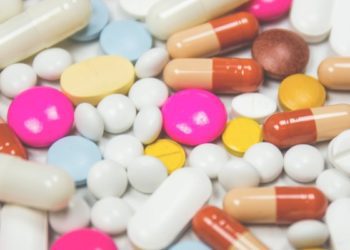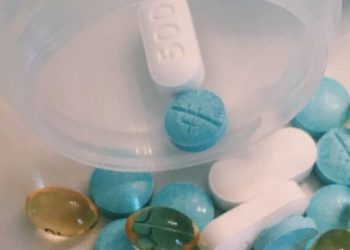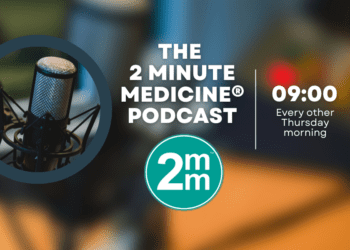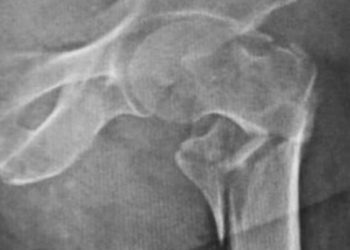Opioid poisonings amongst children and adolescents nearly doubled from 1997 to 2012
1. From 1997 to 2012 the rate of hospitalization for opioid poisoning amongst children aged 1 to 19 years rose by 165%. The majority of these incidents occurred in older adolescents aged 15 to 19 years.
2. The rate of overdose from heroin and methadone also increased for all age groups during the study period.
Evidence Rating Level: 2 (Good)
Study Rundown: As opioid prescriptions have become more numerous over the last 20 years the rate of opioid addiction and overdoses have also increased. While trends of the opioid epidemic are well described in the adult literature, this is not the case in the pediatric population. The current study used data from a national database to estimate rates of opioid poisonings based on hospitalizations from 1997 to 2012.
Over the course of the study, over 13,000 hospitalizations for prescription opioids were identified. The incidence rate of hospitalization for opioid overdose rose over this time period by 165%. Opioid poisonings were more common in the oldest age group (15 to 19 years), and patients were more likely to be white. Poisonings were more commonly from suicide/self-infliction but the rate of accidental overdose increased more rapidly over the study period. Rates of hospitalizations for methadone and heroin poisonings also rose. The presented study underscores a pervasive problem as opioid dependence and addiction become more commonplace. The rise in pediatric overdoses mirrored the published data for the adult population. Additional data on the indications for the prescribed opioids, and chronic vs acute use would also have to be investigated to identify specific problem areas.
Click to read the study, published today in JAMA Pediatrics
Relevant Reading: Emergency department visits by pediatric patients for poisoning by prescription opioids
In-Depth [cross-sectional study]: This study used the Kids’ Inpatient Database of cross-sectional data obtained from representative hospitals across the United States collected every 3 years starting in 1997 and ending 2012. Data was weighted to give an estimate of national incidence for hospital admissions and discharges. Admissions for opioid, methadone, and heroin poisonings were identified using ICD-9-CM diagnostic codes. Additional diagnostic codes were used to gather information on intent (suicide/self-inflicted vs. accidental). All children aged 1 to 19 years were included, and grouped for analysis into 1-4 years, 5-9 years, 10-14 years, and 15-19 years.
Of the 13,052 (95%CI 12,500 to 13,604) estimated prescription opioid poisoning admissions 73.5% were white, and 48.8% were covered by private insurance. There were 176 (1.3%) deaths from overdose during the study period. The incidence of prescription opioid poisoning rose from 1.40 to 3.71 per 100,000 children (165% increase, p < 0.001). The greatest incidence was amongst children aged 15 to 19 with poisonings rising from 3.69 to 10.17 per 100,000 (176%, p < 0.001). Rates of suicide/self-inflicted poisonings for ages 15 to 19 rose 140% (p < 0.001), while accidental overdoses rose by 303% (p < 0.001). The rate of heroin poisonings increased from 0.96 to 2.51 per 100 000 (161%, p < 0.001), while rates of incidents involving methadone rose from 0.10 to 1.05 (950%, p < 0.001).
Image: PD
©2016 2 Minute Medicine, Inc. All rights reserved. No works may be reproduced without expressed written consent from 2 Minute Medicine, Inc. Inquire about licensing here. No article should be construed as medical advice and is not intended as such by the authors or by 2 Minute Medicine, Inc.







